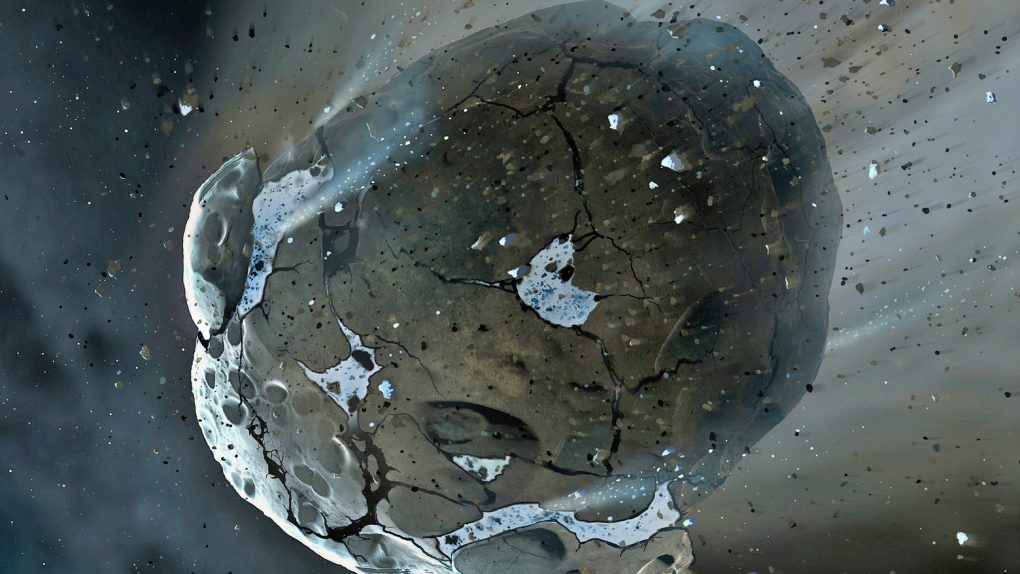An asteroid that may be as large as 500 feet wide is scheduled for a date with Earth tonight. The rock, called asteroid 2016 NF23, is one of the larger near-Earth objects in recent memory, but thankfully NASA believes the rock will maintain a long-distance relationship with our planet, rather than an up-close-and-personal one.
The asteroid is tagged as “potentially hazardous” by NASA due to its closest approach distance measuring around three million miles. That might sound like a huge gap, but in Solar System terms it’s actually a pretty short distance. In fact, any sizable space rock that makes it within around 4.5 million miles of our planet is considered potentially hazardous, and 2016 NF23 is well within that criteria.
The good news about all of this is that the asteroid is on a pretty clear course to miss Earth by a wide margin. The rock will only be around 13 lunar distances from our planet — that’s the distance from the Moon to the Earth — and that’s enough of a buffer zone that we don’t really need to worry about it. Other objects have passed much closer in the recent past, even coming within one lunar distance.
So, to be clear: 2016 NF23 is not going to hit us… but what if it somehow did? It goes without saying that any large asteroid impact would be bad news, but the size of 2016 NF23 would prevent it from doing too much damage.
If the asteroid’s true size is on the higher end of current estimates it would be around 525 feet in diameter. That would be enough to cause plenty of damage to a major city, and casualties would be numerous, but it’s far from being a true “planet killer.”
The rock that stuck the Yucatan Peninsula in Mexico — creating the famous Chicxulub crater and sparking a mass extinction event that wiped out most of the dinosaurs — is estimated to have been between 6.2 and 9.3 miles in diameter. 2016 NF23 doesn’t hold a candle to that. You wouldn’t want it to land on your house of course, but humanity would push forward even if it did.








